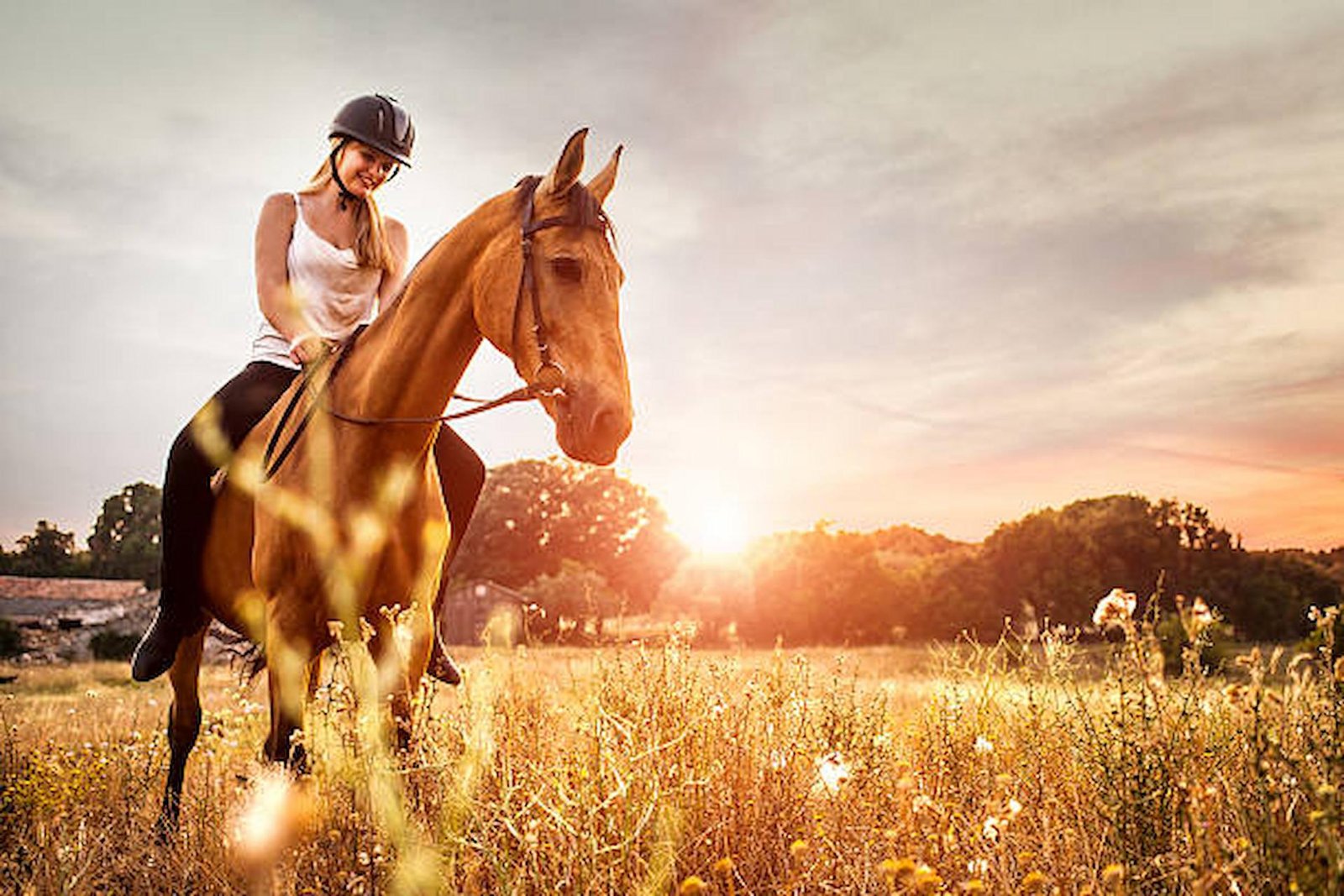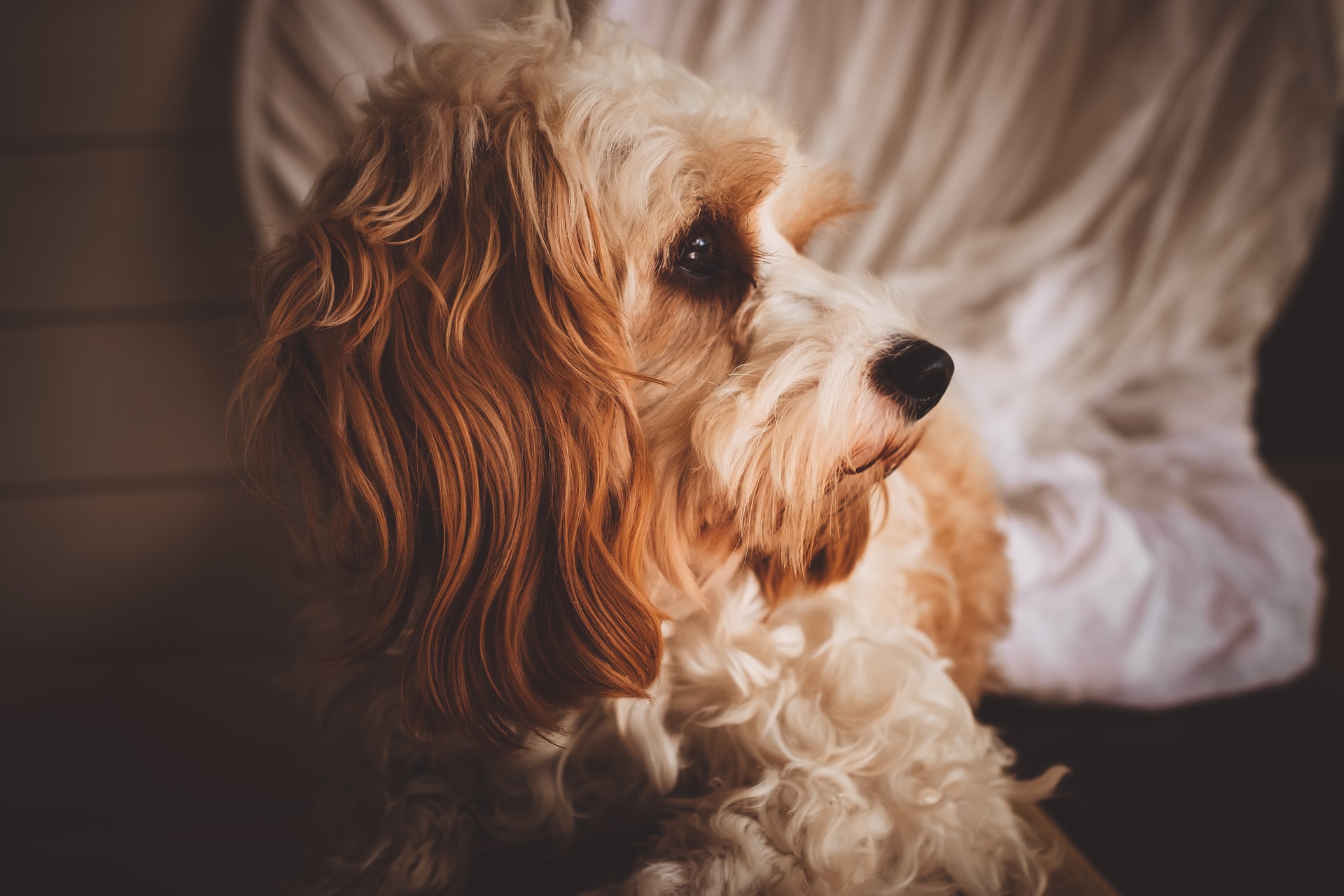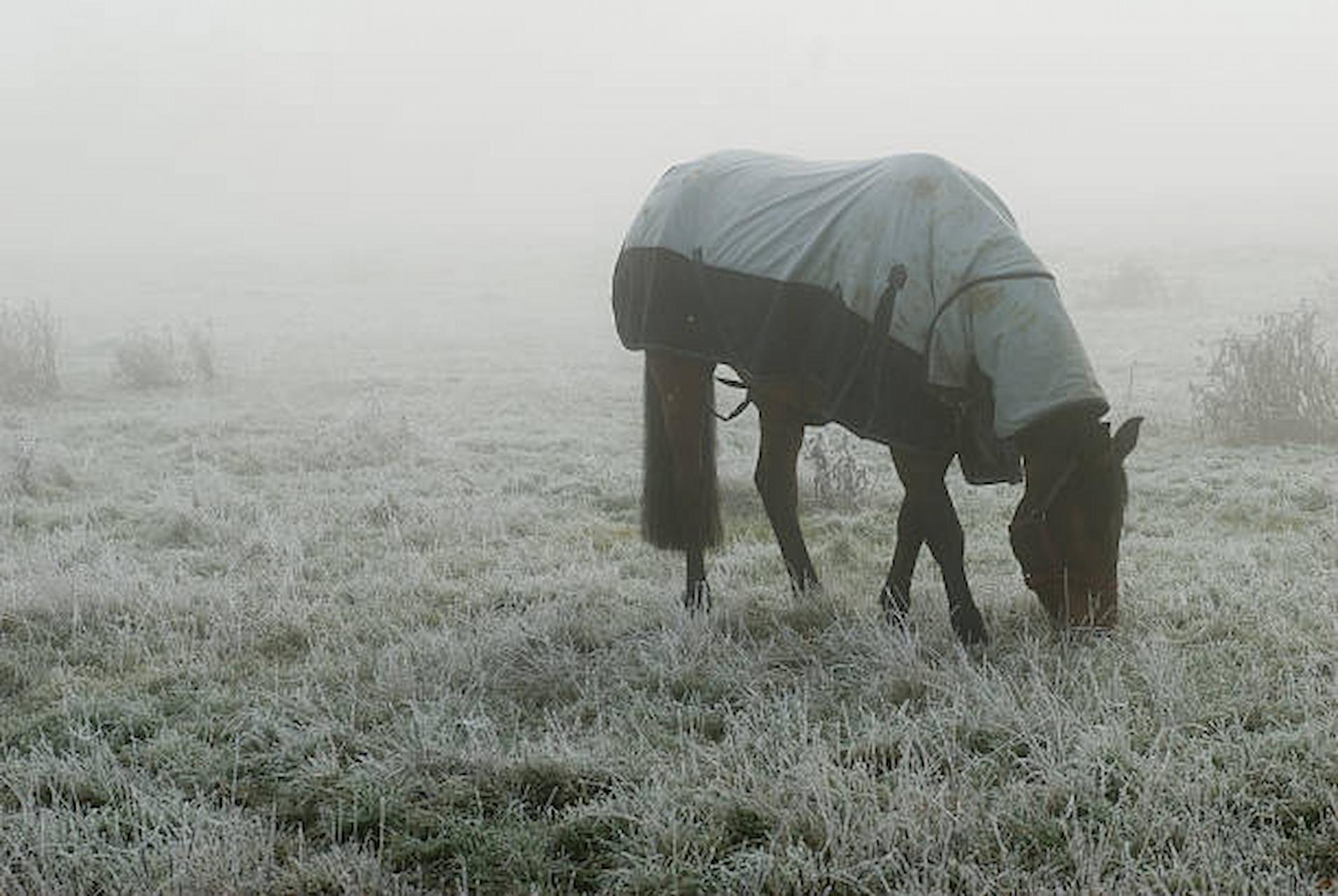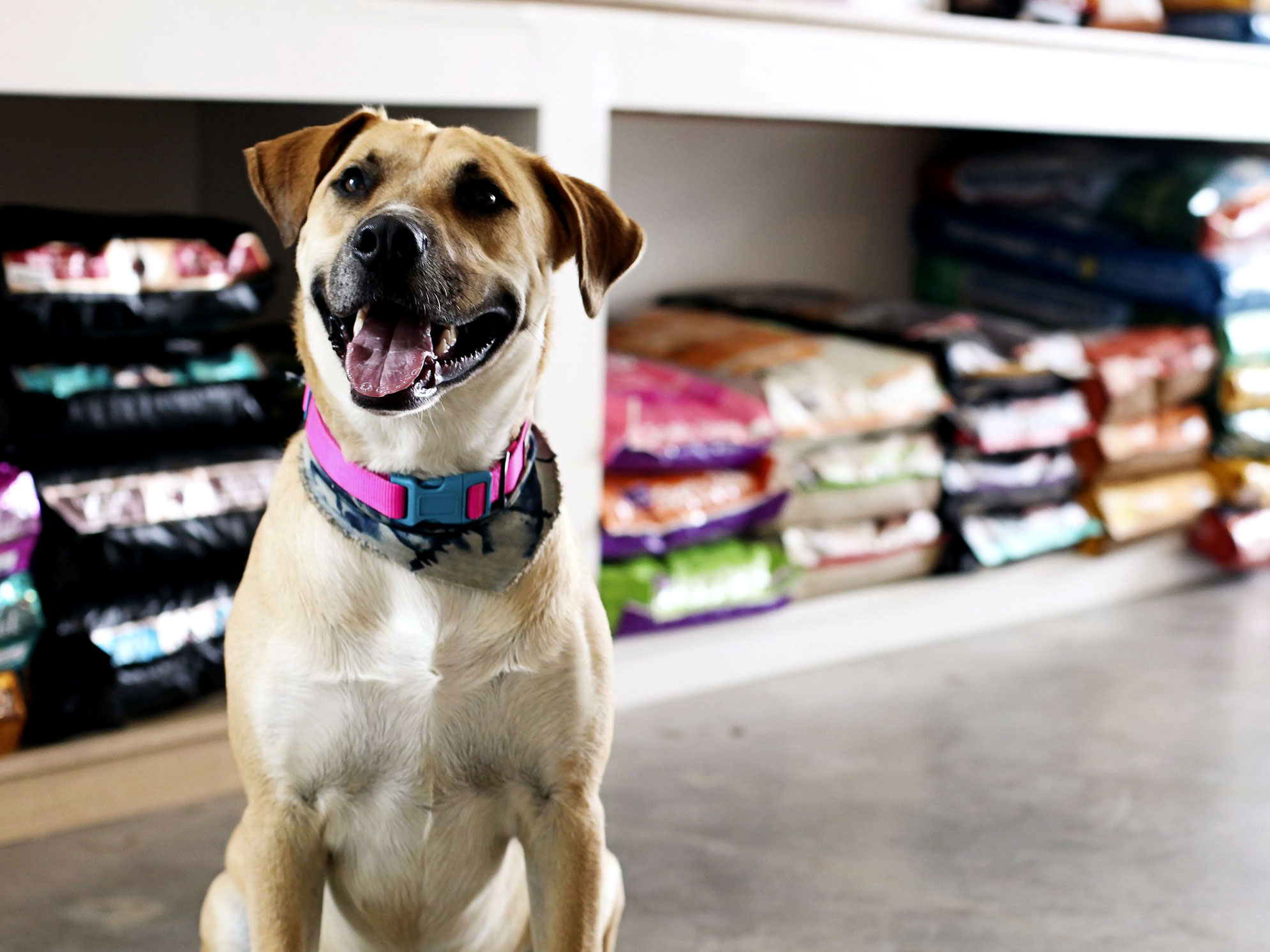You may be familiar with the sport of dressage, but do you know what it’s all about? Whether you’re looking to immerse yourself in the world of dressage by taking part, or you’re simply a fan, there are a few essentials that you should know to help you understand a little more about this sport – from the skills a horse has to display, to the horse food they need to ensure their nutrition can support them throughout the training and performing process. Read on to find out more!
What Is Dressage?
Dressage is about training your horse to the highest levels to be able to perform a set of movements in front of a judge. . The horse and the rider compete in a rectangular arena where they are judged on the accuracy of the movements as well as the obedience of the horse – perfection is achieved when horse and rider are in complete harmony. Each movement is marked out of 10 and the movements increase in difficulty as the horse progresses up the ranks. Dressage to music has become increasingly popular and the artistic impression, rhythm and tempo of the horse’s movements to the music are really important. A lot of time and effort is put into finding the right music for each horse.
There are a few basic dressage skills that form the basis from which everything else follows:
- Circle: Just as it sounds, this manoeuvre is performed to show that your horse canbalance when turning in a circle.
- Collection: This Is Where The Rider Can Shorten And Restrain The Horse’s Movement. When this is performed correctly the horse’s weight is shifted back and they carry themselves through their hind quarters and they become very light in the hand. Very advanced movements such as piaffe require a lot of collection ,
- Extension: In Contrast, an extension involves the horse striding out and extending their body. The horse has to be very strong and balanced to be able to extend full. Interestingly, at advanced levels the horse doesn’t necessarily move faster, they just cover more ground with each stride.
- Halt: This is one of the first skills included in very basic tests but it is much harder than it looks to ensure they have stopped with their feet square.
A History Of Dressage
There are examples of dressage throughout history, as early as the 1600’s when William Cavendish, the first Duke of Newcastle mentioned this as a new way of training horses. The idea of dressage was born in the Military – the better schooled your horse was, the better it would be in battle. But it wasn’t all about training for battle, many men wanted to be seen around town on an obedient and responsive horse so that their ability as horsemen was plain to seeSo, whilst in modern times, we don’t train our horses so that we can show off our skills around town, the idea remains the same – to train and present a magnificent horse.
Horses For Dressage
Whilst basic dressage can be performed by all horse breeds, some have conformation that allows them to perform better than others.. If you’re just starting in the world of dressage, there is no need to find a perfectly suited horse as at basic levels, good training is rewarded with good marks. Warmbloods from Europe are those that have been bred to excel in dressage and if you are looking for a dressage horse to progress on then it is worth spending some time looking at the Warmbloods from different countries and regions to see which one appeals.
Nutrition For A Dressage Horse
Feeding your horse to perform well in a dressage competition is essential, and it can be difficult if you are not sure where to start. Too much energy means your horse may not have the control and concentration it needs to do well, on the other hand, too little energy means your horse may not perform their best. Slow release forms of energy are usually recommended for more novice levels of dressage to help keep everything calm. As horses progress then a higher energy ration may be required to fuel the work and training the horse needs to do. Warmbloods do have a tendency to put weight on easily and so it is often necessary to strike a balance between providing sufficient energy but not too much!
Of course, a dressage horse’s diet is individual to each horse, so should be adapted to their condition and temperament. Good quality fibre should make up most of any horses’ diet, with at least 50% being forage. Then it’s a case of ensuring the diet is balanced with sufficient vitamins and minerals which can be supplied in the form of a supplement or balancer. When competing at high levels of dressage, riders will work with nutritionists to ensure their horses receive everything they need.





